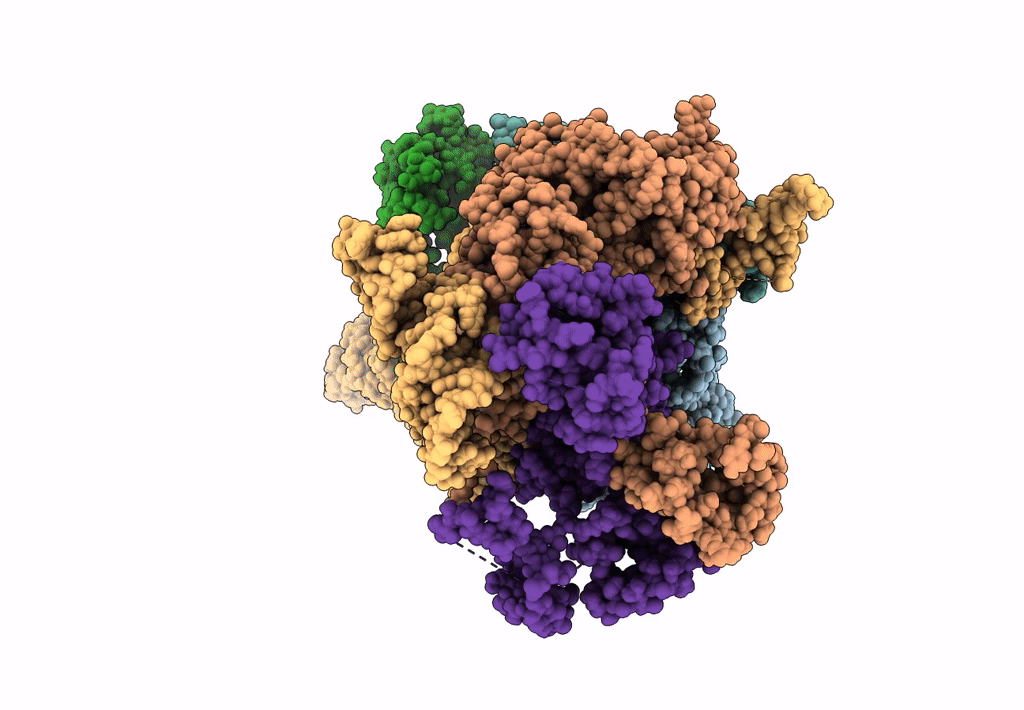
Deposition Date
2022-09-07
Release Date
2022-10-05
Last Version Date
2025-07-02
Entry Detail
PDB ID:
8B0J
Keywords:
Title:
CryoEM structure of bacterial RNaseE.RapZ.GlmZ complex central to the control of cell envelope biogenesis
Biological Source:
Source Organism:
Escherichia coli K-12 (Taxon ID: 83333)
Host Organism:
Method Details:
Experimental Method:
Resolution:
3.99 Å
Aggregation State:
3D ARRAY
Reconstruction Method:
SINGLE PARTICLE


